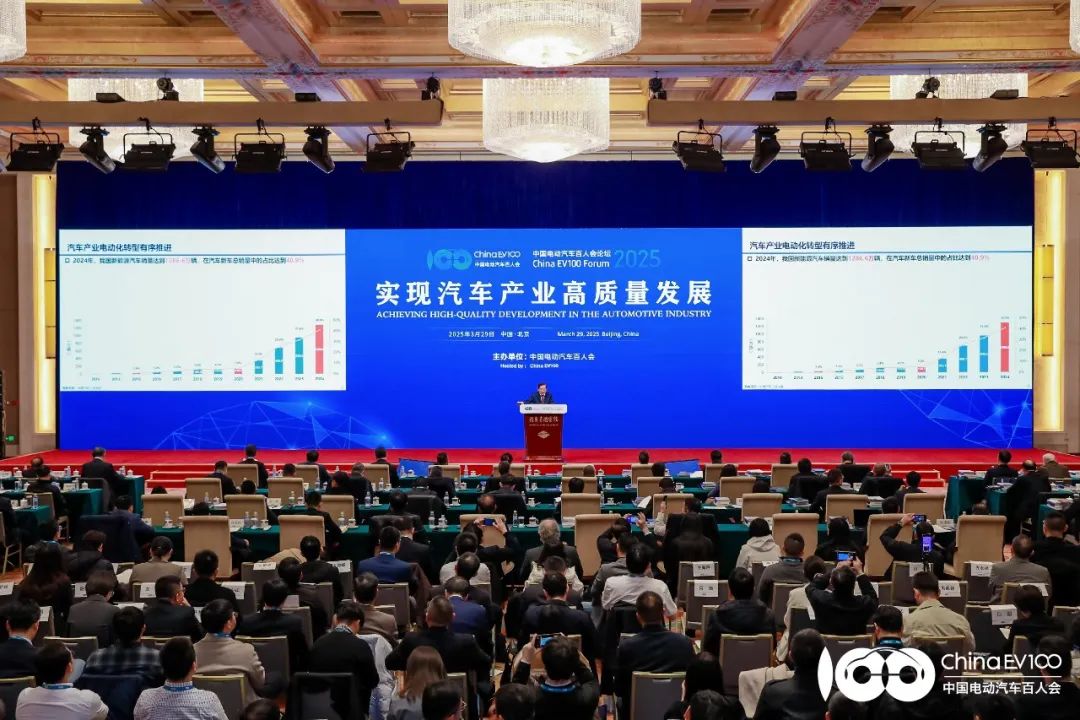
March 29, the China EV100 Forum (2025) High-Level Forum was grandly held in Beijing. As the highlight of the event, the High-Level Forum focused on the theme "Consolidate Electrification, Advance Intelligence, Achieve High-Quality Development," gathering representatives from government agencies, automotive, energy, transportation, and other sectors to discuss the future direction of the automotive industry.
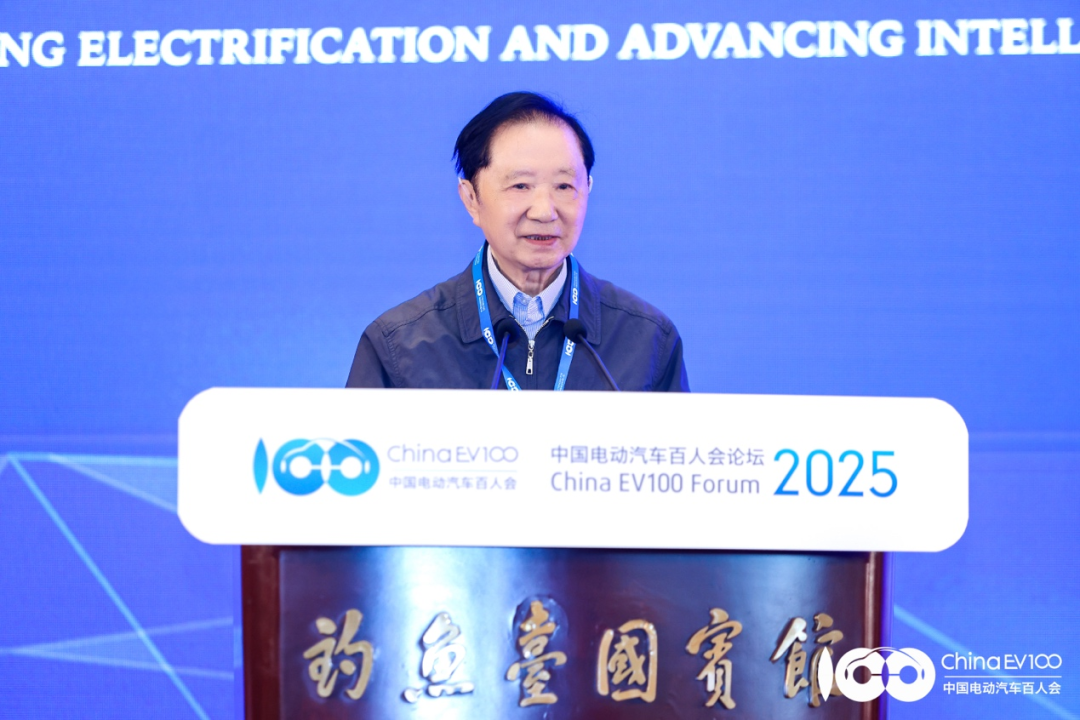
At the forum, Chen Qingtai, Chairman of the China Electric Vehicle 100 People’s Forum, emphasized that China’s new energy vehicle production and sales exceeded 10 million units in 2024, marking the industry’s entry into a stable, market-driven development phase. To consolidate this achievement, he proposed five recommendations:
- Unswervingly maintain the national strategy for developing new energy vehicles, strengthen top-level planning guidance, and stabilize expectations across production and consumption.
- Further leverage the "core role" of technological innovation, particularly accelerating the R&D and industrialization of all-solid-state batteries.
- Improve service systems such as charging infrastructure, financial insurance, maintenance, used car transactions, and battery recycling.
- Accelerate the integration of new energy vehicles with clean energy to maximize their carbon reduction potential.
- Strengthen "going global" and "bringing in" support systems for services.
Industry Leaders Share Insights on Electrification and Intelligence
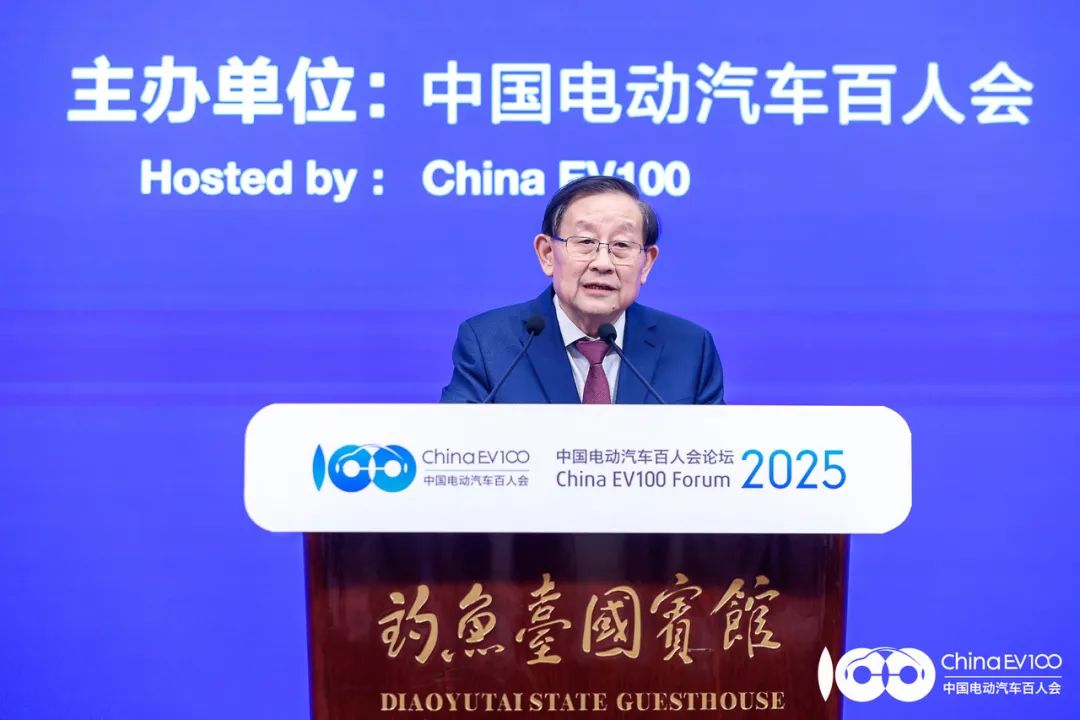
Wan Gang, Chairman of the China Association for Science and Technology, pointed out that in 2024, the boundaries of the automotive industry continued to expand, becoming a new modern industrial group characterized by innovation leadership, data-driven operations, collaborative efficiency, resilient security, and low-carbon sustainability. China’s new energy vehicle production and sales reached 12.866 million units in 2024, accounting for 40.9% of total new vehicle sales; public charging piles totaled 3.579 million units, while private charging piles reached 9.239 million units; over 50 cities conducted intelligent connected road testing and demonstration. He emphasized that the next focus will be on advancing from product intelligence to industrial intelligence, particularly in intelligent connected development. This includes continuing to build cloud computing platforms through deep AI development, enabling cloud-to-vehicle collaboration to achieve embodied intelligence in smart connected vehicles.
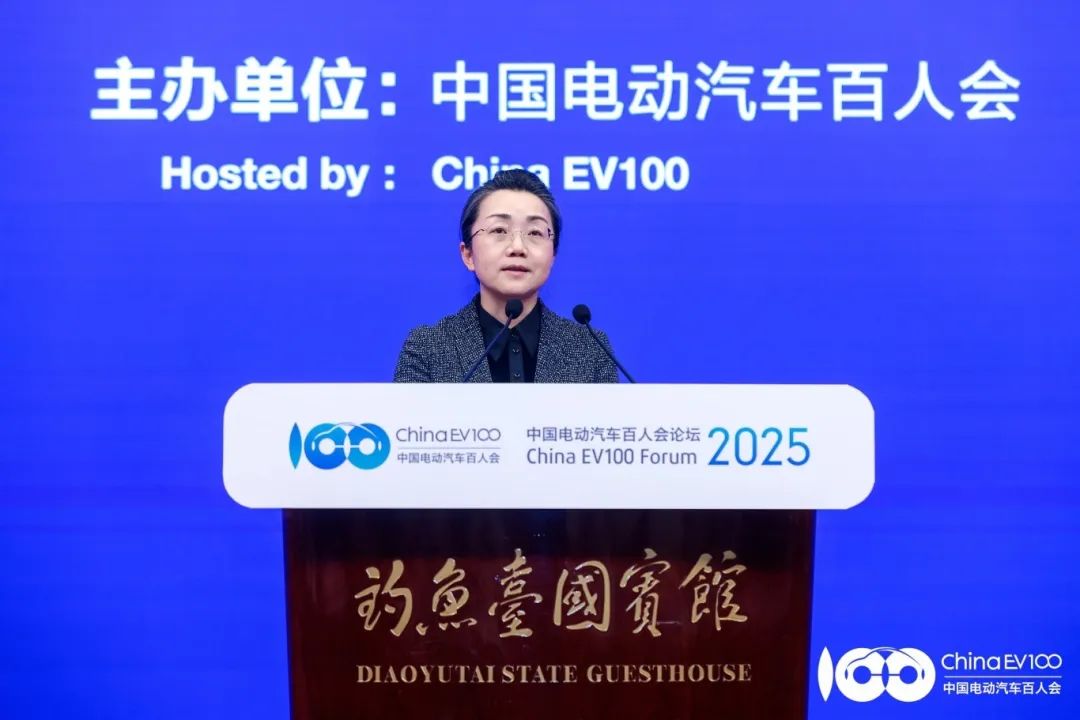
Zheng Bei, Member of the Leading Party Members’ Group and Vice Minister of the National Development and Reform Commission, highlighted the deep integration of AI, new materials, and automotive electrification, urging efforts to solidify EV technology foundations and accelerate solid-state battery R&D.
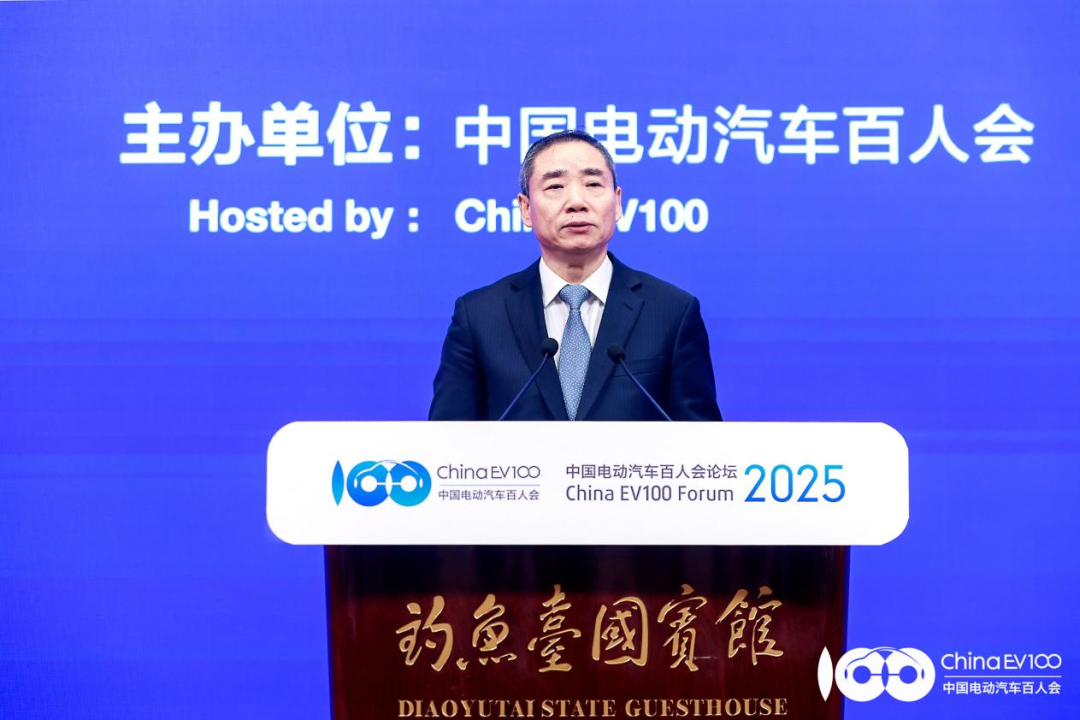
Xin Guobin, Member of the Leading Party Members’ Group and Vice Minister of Industry and Information Technology, noted that while the automotive industry has achieved a series of new accomplishments over the past year, it still faces numerous challenges. Internationally, rising protectionism, unilateralism, and blocked multilateral trade systems have increased tariff barriers, destabilizing global industrial and supply chains. Domestically, insufficient effective demand, intense intra-industry competition, and gaps in supportive systems such as mineral resource supply, battery recycling and utilization, and charging infrastructure require further improvement. To address these issues, he proposed four key transitions for industry enterprises:
- Shift from focusing on scale growth to emphasizing both scale expansion and efficiency improvement;
- Transition from applied technological innovation to foundational technological innovation;
- Move from an automotive-centric industry to multi-industry integration;
- Evolve from product sales to enhancing full lifecycle service capabilities.
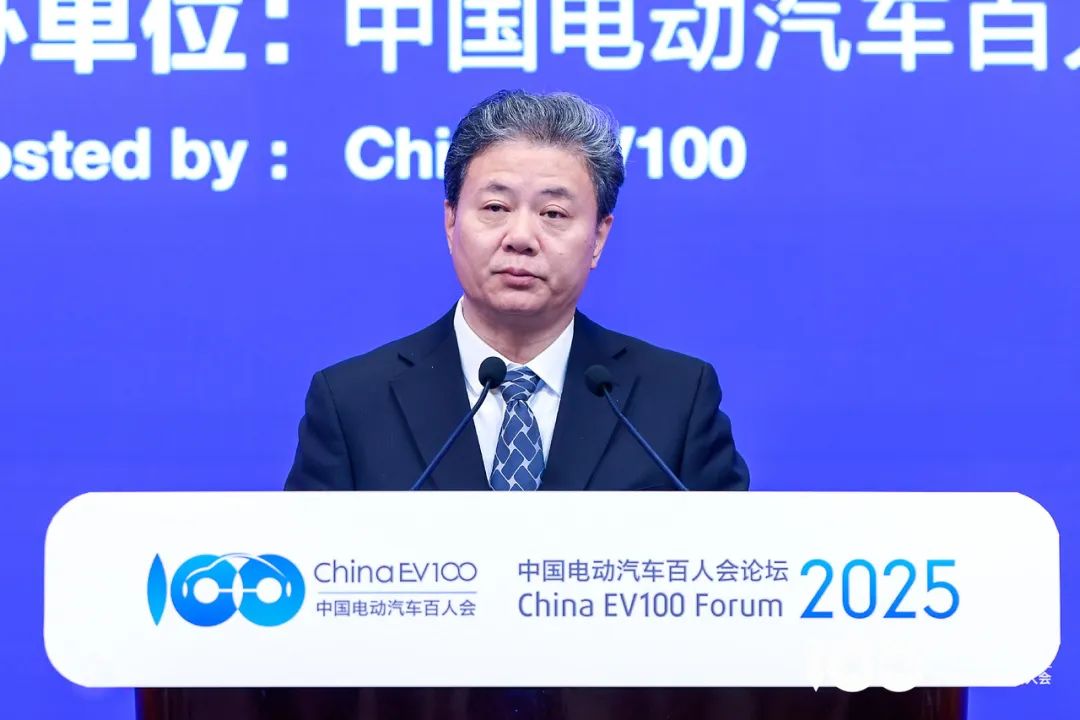
Qin Haixiang, Member of the Leading Party Members’ Group and Vice Minister of Housing and Urban-Rural Development, stated that the current new round of scientific and technological revolution and industrial transformation is deepening, with technological innovation at an unprecedentedly active stage. Emerging cutting-edge technologies are triggering chain reactions across industries. The government work report this year emphasized the vigorous development of smart connected new energy vehicles. The theme of this forum—"Consolidating Electrification, Advancing Intelligence: Achieving High-Quality Development in the Automotive Industry"—is both timely and critically significant. China’s automotive industry, driven by innovation, has achieved a strategic leap, becoming a pivotal force in leading the global automotive industry’s green and intelligent transformation. This transformation holds significant implications and reference value for urban construction and governance.
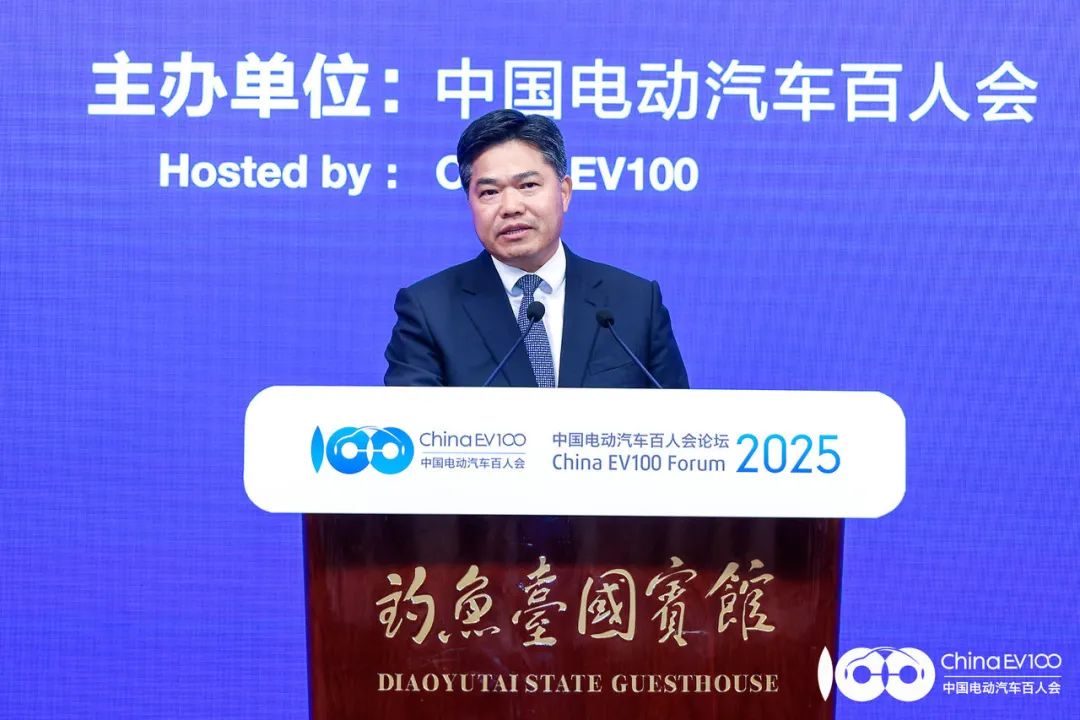
Sheng Qiuping, Member of the Leading Party Members’ Group, Vice Minister of Commerce, and Secretary of the Party Committee, revealed at the meeting that in 2025, the Ministry of Commerce will thoroughly implement the decisions and arrangements of the CPC Central Committee and the State Council. It will vigorously boost consumption, comprehensively expand domestic demand, adhere to opening up externally and liberalizing internally, and enhance policy support to advance the construction of a new development pattern for new energy vehicles through multiple measures:
- Intensify efforts to expand consumer goods trade-in programs;
- Continuously cultivate new growth points in automotive consumption;
- Deepen trade and investment cooperation in the automotive industry.

Gou Ping, Member of the Leading Party Members’ Group and Vice Minister of the State-owned Assets Supervision and Administration Commission of the State Council, stated that the Commission will unwaveringly promote smart connected new energy vehicles as a strategic focus for central enterprises in developing emerging industries. On one hand, it will launch the “Central Enterprise Industrial Revitalization-New Energy Vehicle Layout and Development Action Plan”. On the other hand, it will optimize policy support for investors, advance industrial restructuring, and refine. He emphasized that the automotive industry is currently in a critical phase of accelerated transformation and reshaping. It is essential to steadily promote strategic restructuring of central auto enterprises, concentrate advantageous resources to build world-class automotive groups, drive internal specialized integration within enterprises, and support central auto companies in achieving high-quality “going global” to establish global operational systems.
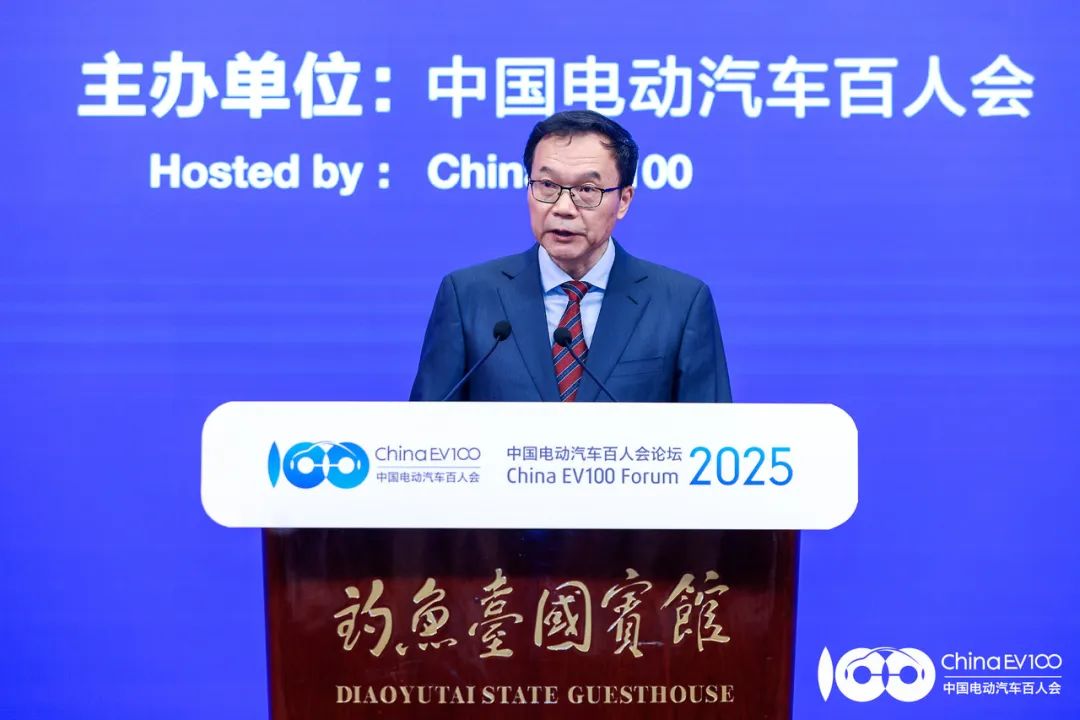
Huang Xuenong, Supervisor of the National Energy Administration, stated that the National Energy Administration prioritizes coordinated development of the vehicle-charging industry, adhering to principles of moderate advancement, scientific layout, and intelligent efficiency to advance high-quality charging infrastructure development. By the end of 2024, China’s total charging infrastructure reached 12.818 million units, a year-on-year increase of 49.1%. Approximately 38,000 charging piles have been installed in highway service areas, covering 98% of national service zones. As the charging market remains in its early stages, homogenization and price wars persist across the industry. The Administration will continue to enhance service quality and foster a healthy, high-quality industry ecosystem.
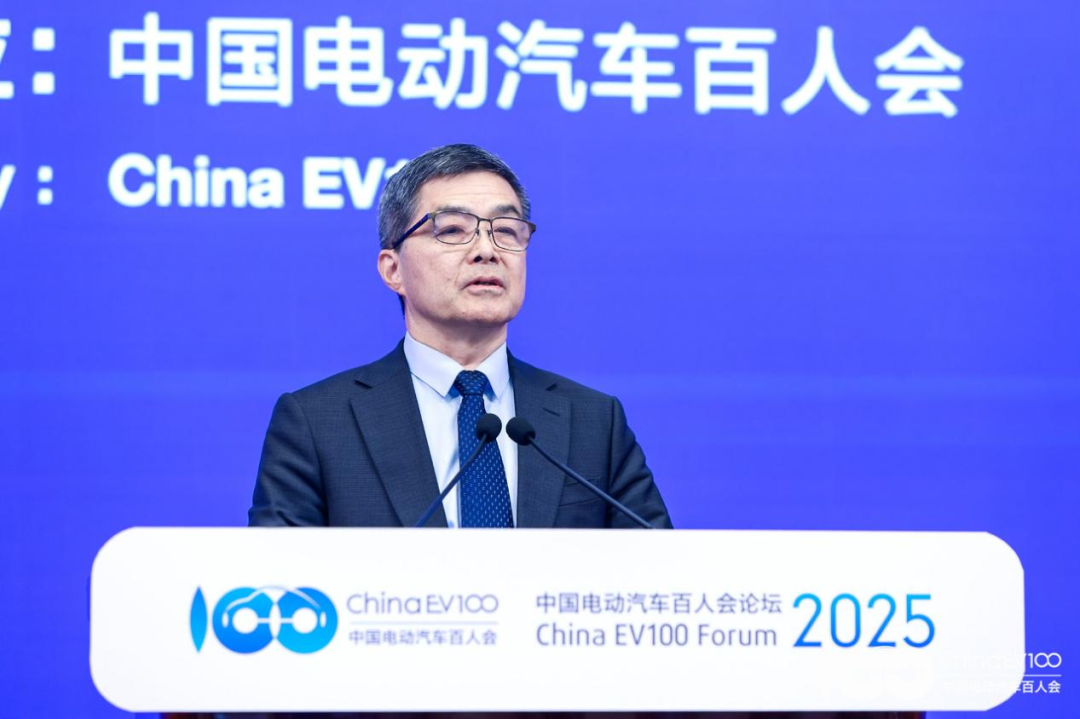
Ouyang Minggao, Vice Chairman of the China EV100 and Academician of the Chinese Academy of Sciences, predicted that 2030 may mark the outbreak of China’s new energy revolution. Accompanied by dual historical opportunities—the productivity revolution of new energy technologies (such as new energy vehicles, lithium-ion batteries, hydrogen fuel cells, and perovskite photovoltaic cells) and the revolution in production relations driven by electricity marketization—this period will nurture five trillion-yuan industries over the next 10 to 30 years: new energy infrastructure, new energy vehicles, comprehensive electrification of transportation, smart and zero-carbon energy, and green hydrogen energy.

“When will the ‘ChatGPT moment’ for autonomous driving arrive?” asked Zhang Yaqin, Academician of the Chinese Academy of Engineering and Dean of Tsinghua AIR. He judged that if Waymo’s U.S. operations progress smoothly, Baidu’s Wuhan-based trials continue to improve, and companies like WeRide and Xiaopeng Motors develop steadily, this moment could emerge this year. However, achieving large-scale application will require more time. He projected that by 2030, 10% of new cars will possess Level 4 autonomous driving capabilities, marking the true arrival of the “DeepSeek moment” in autonomous driving.
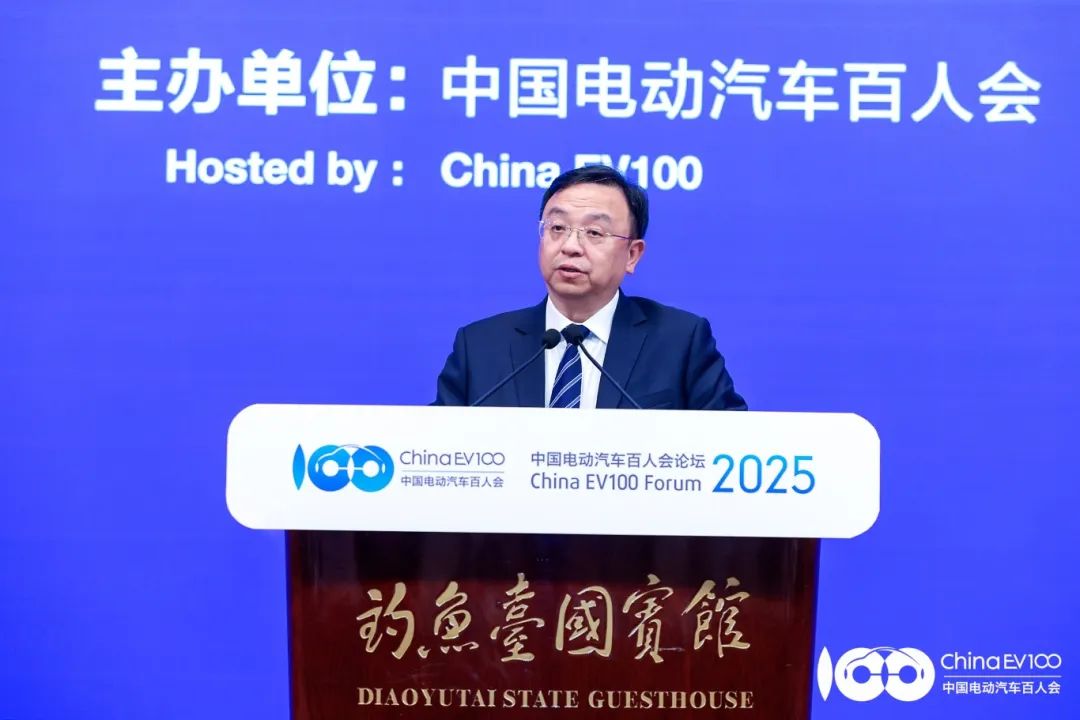
Wang Chuanfu, Chairman and CEO of BYD Co., Ltd., stated that over the past decade, China’s new energy vehicle industry has undergone earth-shaking changes. Last year marked the entry into the era of 10 million units, with Chinese automakers securing two seats among the world’s top ten automotive groups for the first time in history, creating a milestone in both Chinese and global automotive history. China’s new energy vehicles lead the world by approximately 3–5 years in both technology and industrial chains. Last year, China’s auto exports exceeded 5 million units for the first time, retaining the title of the world’s largest automotive exporter, with new energy vehicle exports reaching new heights.
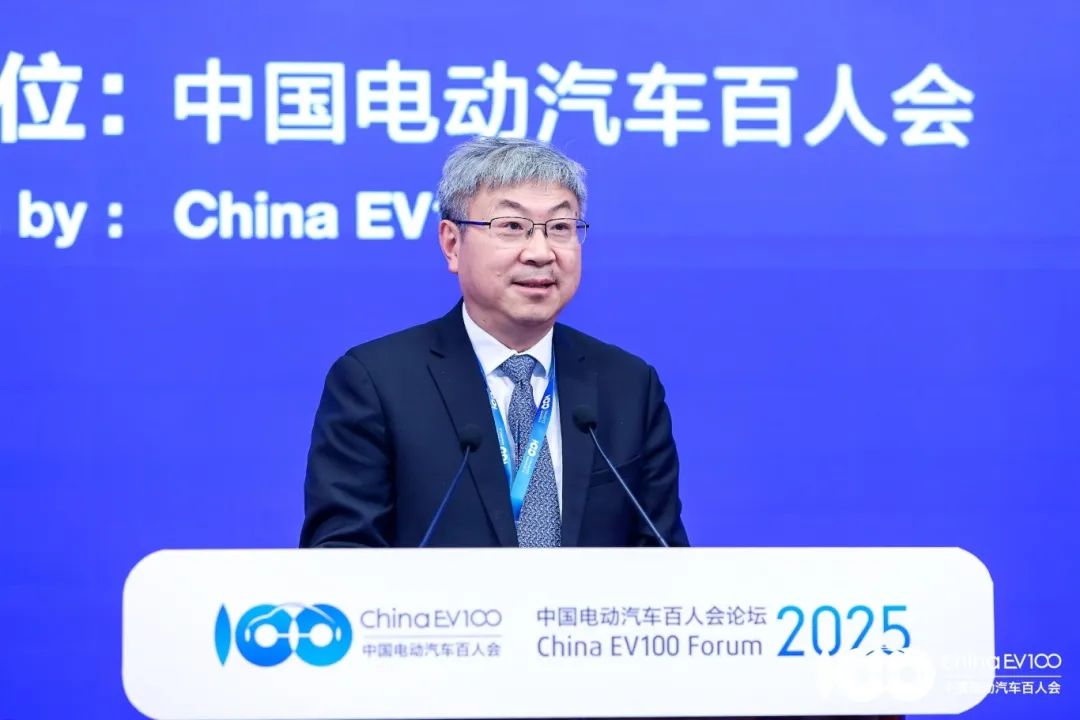
Yin Tongyue, Party Secretary and Chairman of Chery Holding Group, noted that the waves of electrification, intelligence, and AI are pushing global automotive competition into deeper waters. Chery has transitioned from exporting complete vehicles to overseas R&D and manufacturing, truly integrating into the global environment and achieving deep collaboration with international peers. Additionally, he emphasized that as the era of electrification fully arrives, domestic regulations and laws must proactively adapt to play a greater role.
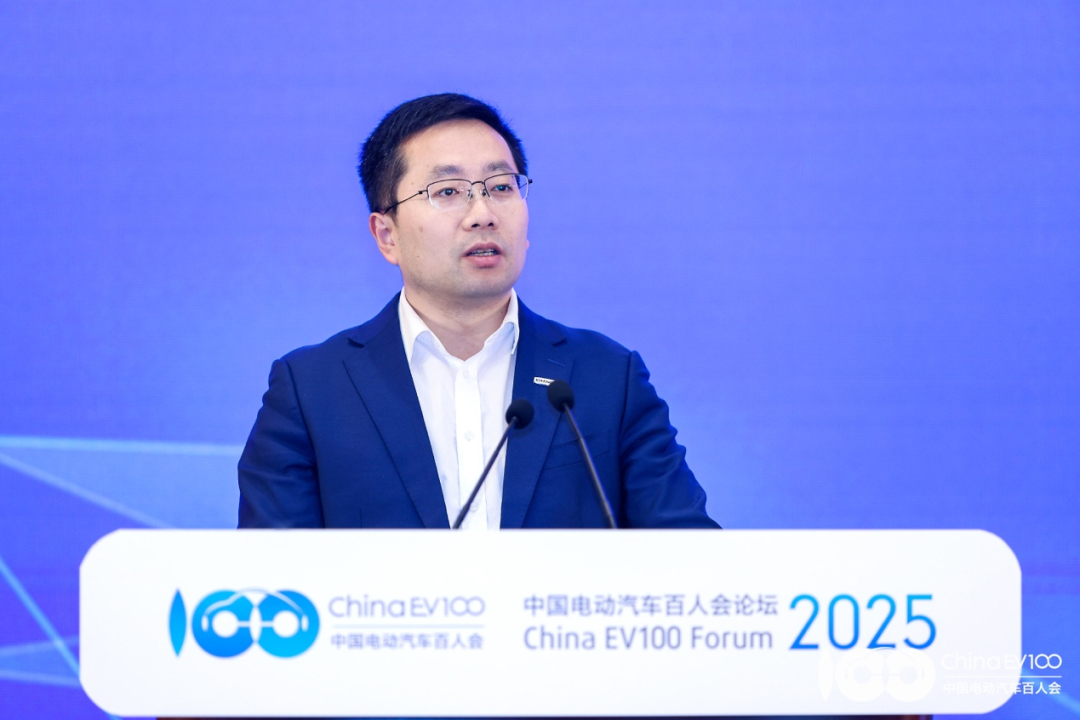
“Cars will evolve into intelligent, evolvable robotic entities,” stated Deng Chenghao, Vice President of Changan Automobile and CEO of Deepal Auto. He highlighted that with the rise of flying cars, autonomous driving, and other emerging fields, relevant regulations and standards urgently need refinement. To address this, he advocated for enhanced top-level design in AI, autonomous driving, and flying car sectors to guide industrial development and global expansion, leveraging China’s nationwide system advantages to accelerate charging and battery-swapping infrastructure in frontline markets and promote the penetration of new energy products.
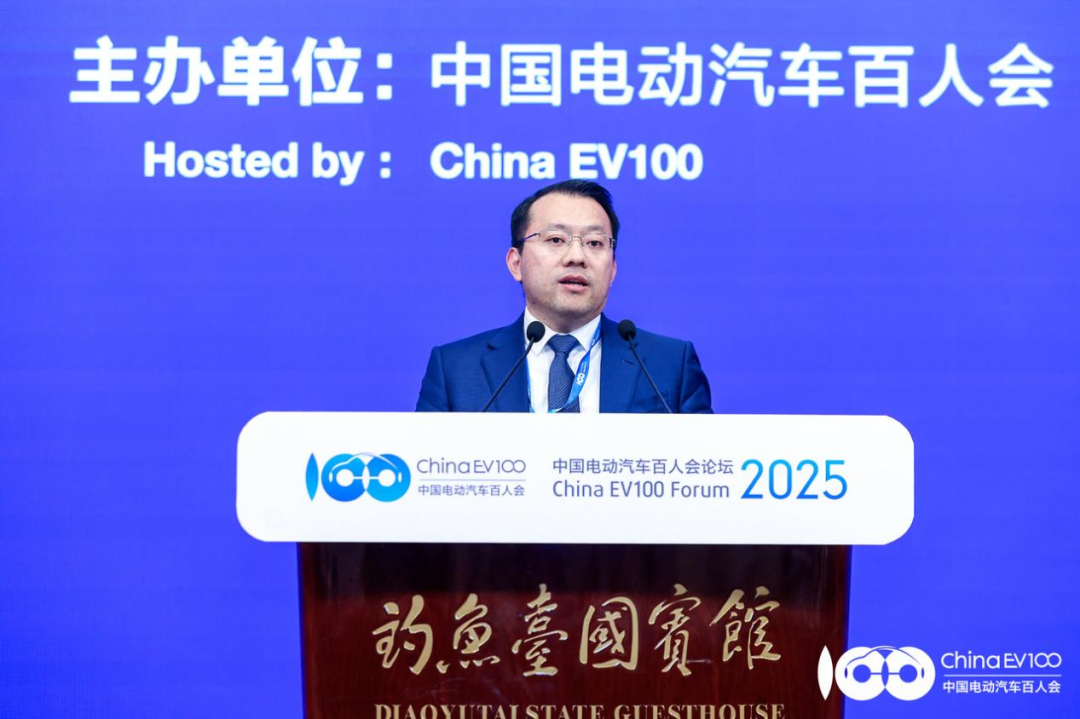
Gan Jiayue, CEO of Geely Auto Group, pointed out that the global automotive industry is undergoing profound transformations in electrification and intelligence, with intelligence being the core direction for future development. He stressed that AI is the driving force behind this shift. “Automotive intelligence without safety guarantees is like a castle in the air,” he said, emphasizing that safety, critical to human life and public interest, requires a robust technological foundation to deliver safer and smarter mobility experiences, thereby advancing China’s high-quality automotive development.
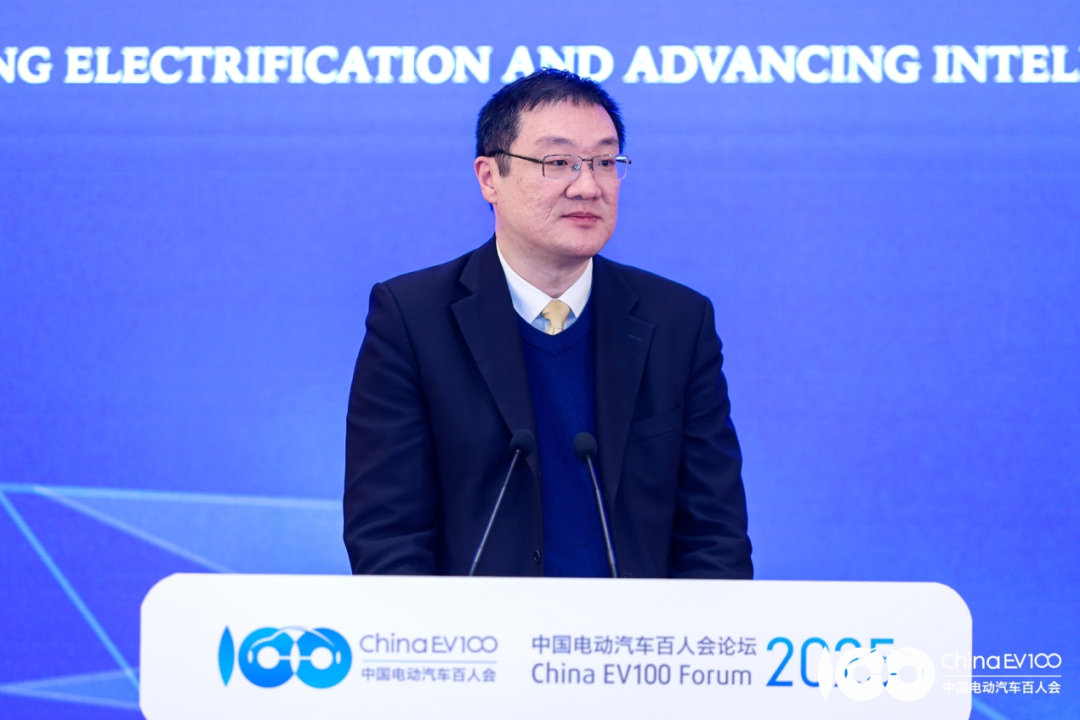
“Without autonomous driving capabilities, there is no ticket to compete in the future,” asserted Gao Rui, Deputy General Manager of GAC Group. He observed that 3D mobility is gradually breaking traditional industrial boundaries. During this year’s National People’s Congress, emerging fields like low-altitude flight vehicles and humanoid robots garnered significant attention. These technologies share synergies with smart new energy vehicles in areas like technical interoperability, supply chain sharing, and production process reuse, forming an integrated land-air-sea ecosystem previously unattainable with single-product strategies. This trend is projected to unlock over 10 trillion yuan in market potential, reshaping global technological competition.
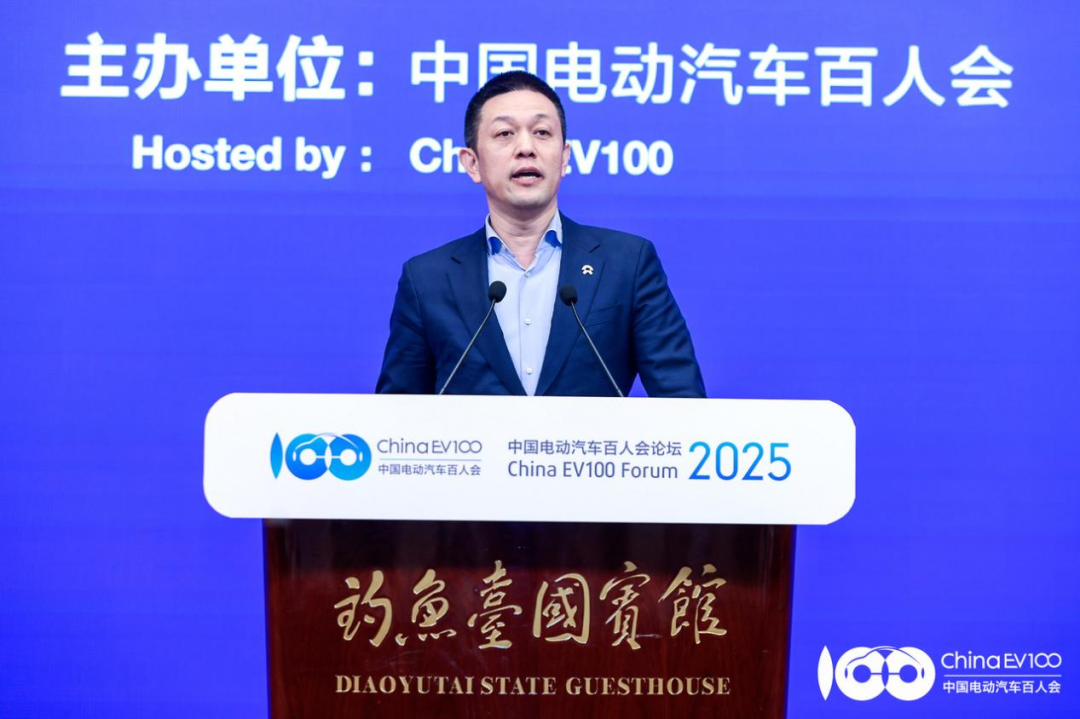
Li Bin, Founder, Chairman, and CEO of NIO, stated that the company will continue investing in R&D, focusing on full-stack development across 12 future fields of smart electric vehicles, including high-tier autonomous driving chips, vehicle-wide operating systems, intelligent chassis, and steer-by-wire technology. Additionally, NIO has largely completed its nationwide battery swap network, comprising 3,206 swap stations (972 on highways), providing nearly 70 million swap services and over 25 million charging services, with 80% of users being non-NIO customers.
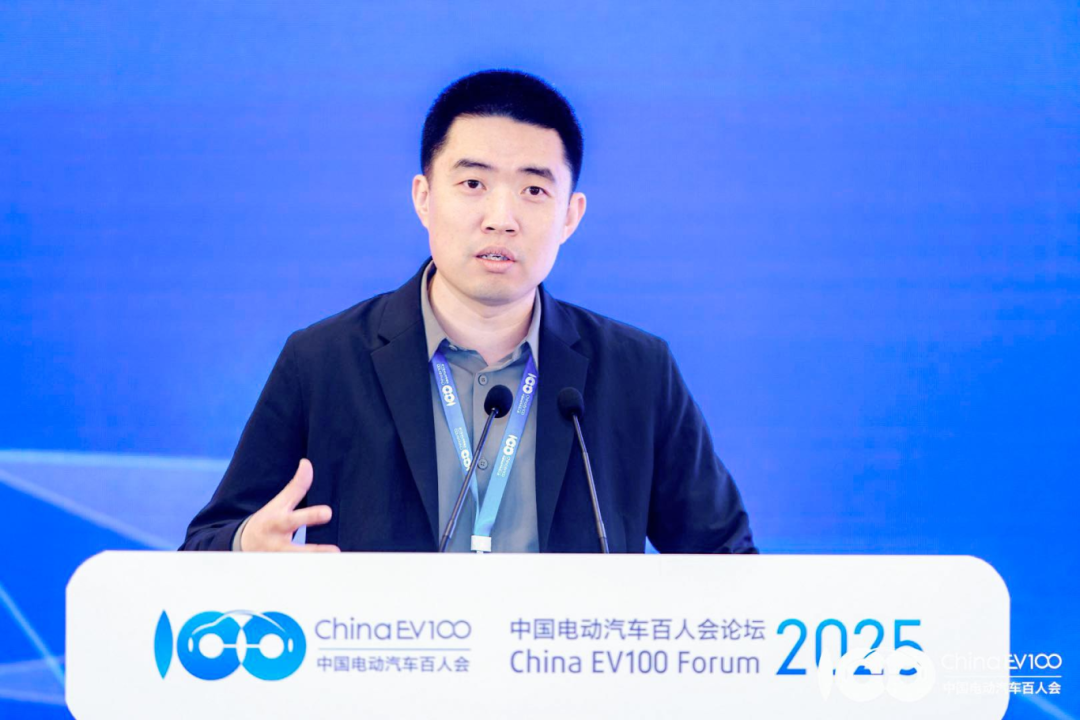
Li Xiang, Chairman and CEO of Li Auto, emphasized that its self-developed "Li Auto Star Ring OS" offers advantages over AutoSar in terms of flexible adaptation, broader compatibility, superior performance, lower costs, and enhanced security. He stated that the system, once open-sourced, is expected to fully replace AutoSar functionalities and encouraged industry-wide collaboration to share innovations.
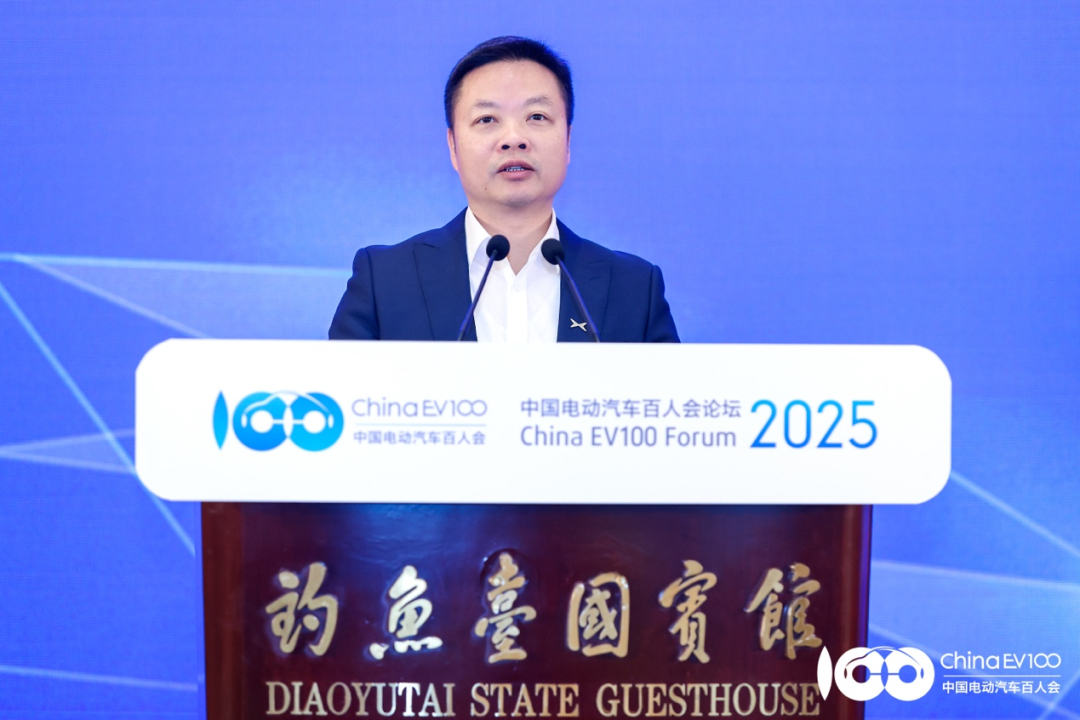
He Xiaopeng, Chairman and CEO of XPeng Motors, noted that government work reports have made it clear that the automotive industry will drive future transformations in embodied intelligence. He expressed strong optimism about the global low-altitude flight market (e.g., flying cars), projecting a 10–20 year horizon where sales could reach 3%–5% of today’s automotive market volume (or ~20% in revenue terms). With the global automotive market at ~10trillionannually,heestimatedtheflyingcarmarketcouldreach2 trillion within two decades.

Lei Jun, Founder, Chairman, and CEO of Xiaomi, revealed that Xiaomi committed to 10 billion in R&D over five years, with actual investments totaling ~10.5 billion to date. He expects 2025 R&D spending to exceed $3 billion and called for industry-wide resource sharing and standardization to build comprehensive solutions. Xiaomi has already partnered with multiple companies to integrate its ecosystem components into partner vehicles, inviting broader collaboration to enhance smart mobility experiences.
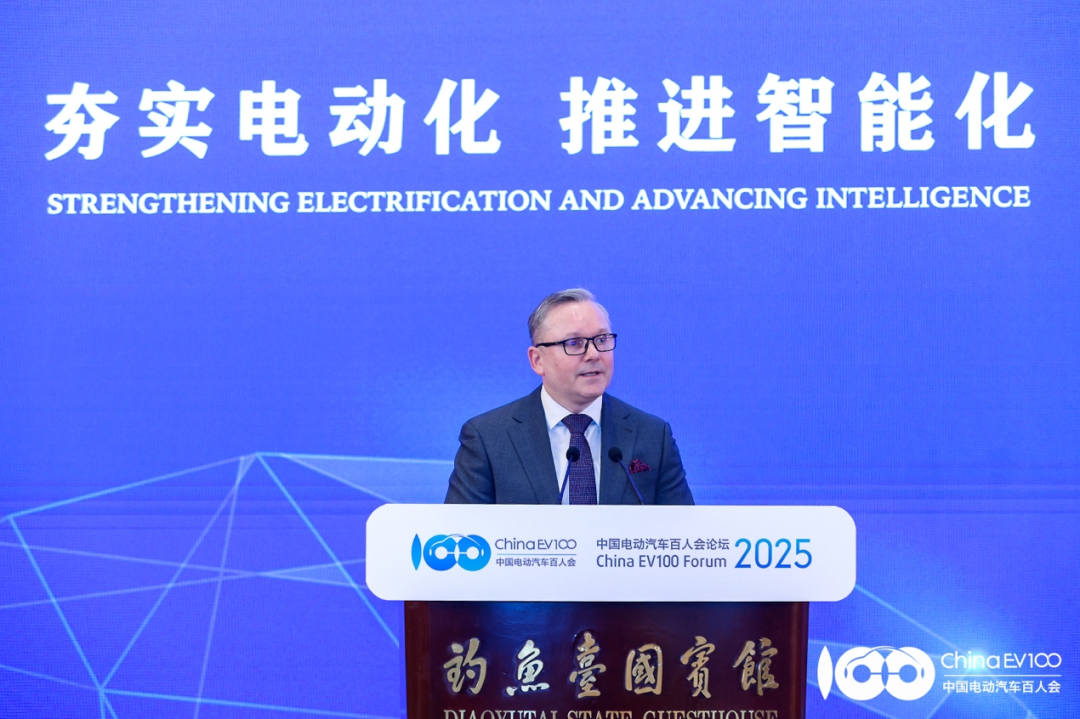
Gao Xiang, President and CEO of BMW Group Greater China, highlighted that this year’s government work report identifies high-quality development as critical for automotive industry profitability and sustainability. He acknowledged China’s strong policy support for NEV expansion over the past decade and emphasized that market-driven growth—shaped by consumer preferences, healthy competition, and technological breakthroughs—will define the next phase.
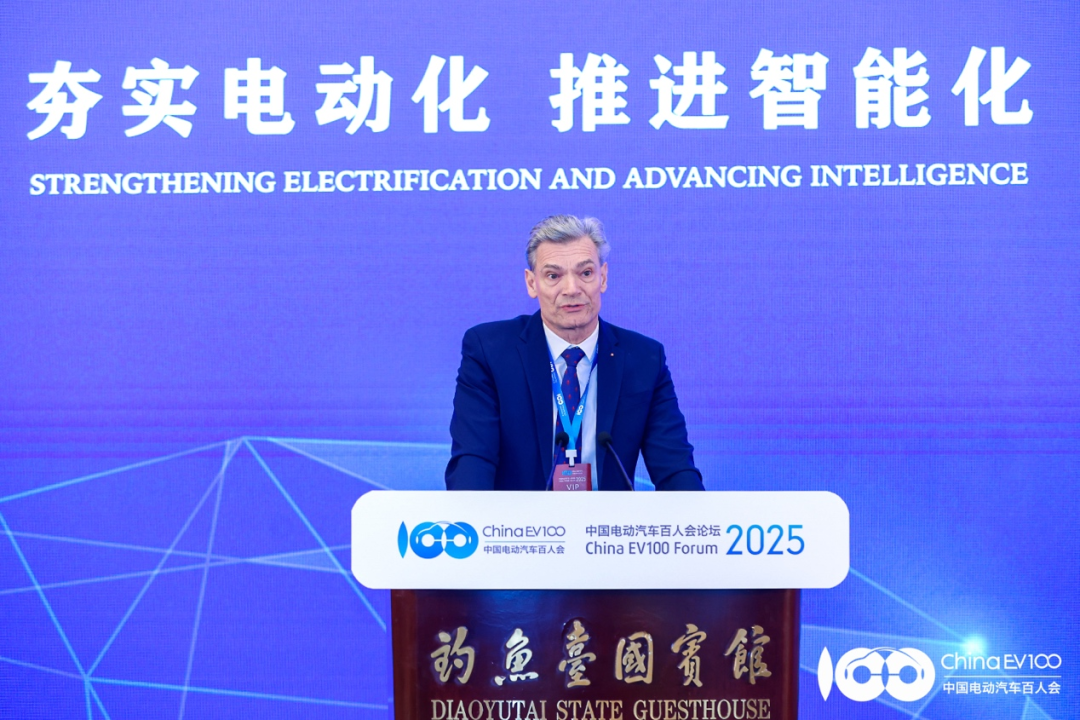
Luo Yinghan, President of Audi China, stated that sustainable industry development requires three pillars: 1) mutually beneficial cooperation over zero-sum competition, 2) relentless focus on product quality and reliability, and 3) collaborative exploration of optimal solutions. He emphasized Audi’s long-term commitment to building a robust, sustainable business ecosystem in China to drive industry progress.
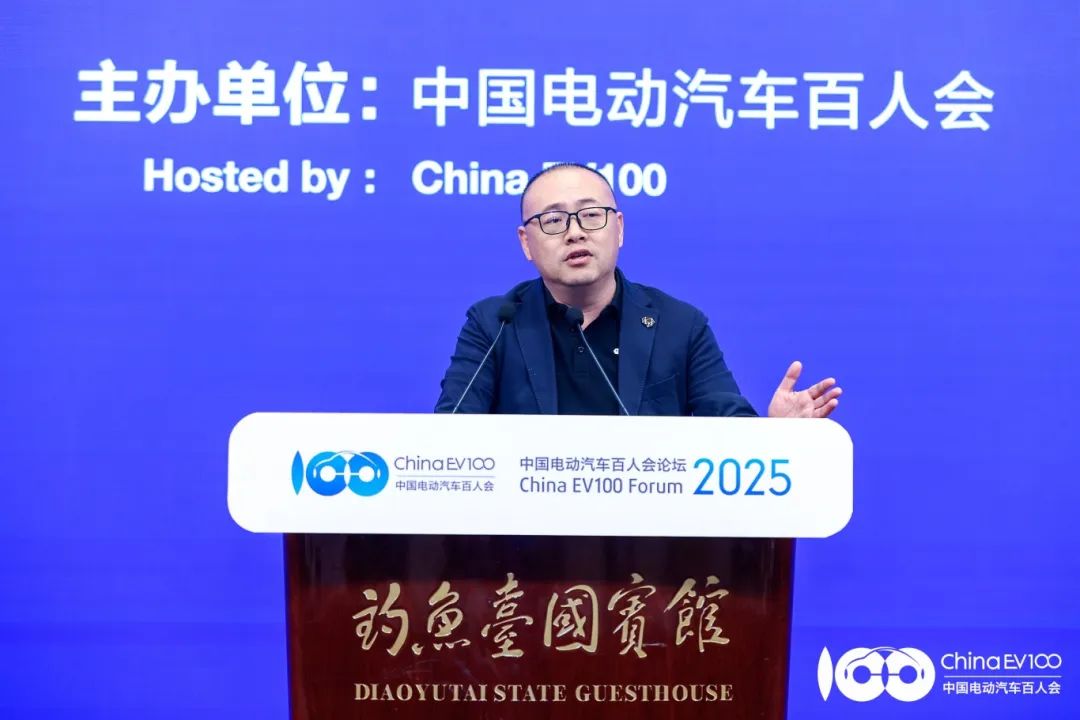
Horizon Robotics Founder and CEO Yu Kai noted that since the start of spring 2024, the industry has witnessed a surge in the "intelligence driving democratization" wave. He emphasized that the core challenge for automakers is to accelerate pace. AI product logic fundamentally differs from internet-era paradigms—it no longer centers on users and traffic but aims to transcend human capabilities. Autonomous driving, while critical as a core functionality in smart vehicles, faces challenges in differentiation, as it remains a standardized feature universally prioritizing safety, comfort, and convenience.
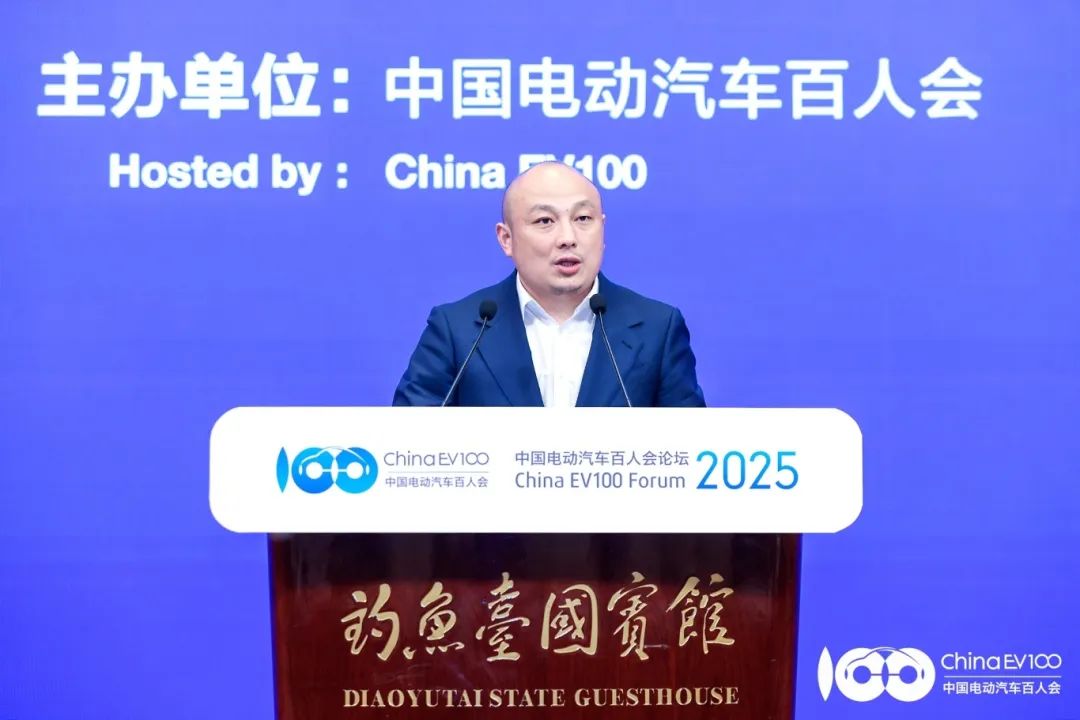
CATL CTO Gao Huan acknowledged that rapid growth in NEVs has left consumers facing after-sales dilemmas such as rapid battery degradation, repair difficulties, and battery replacement challenges. He highlighted growing public concerns over battery safety. By decoupling vehicles from batteries through a "battery bank" model—where battery assets are managed by specialized entities—user experience in after-sales services could significantly improve. He predicted that as vehicle-battery separation and battery bank ecosystems mature, batteries may evolve into investable assets, unlocking new business models and socio-economic value.
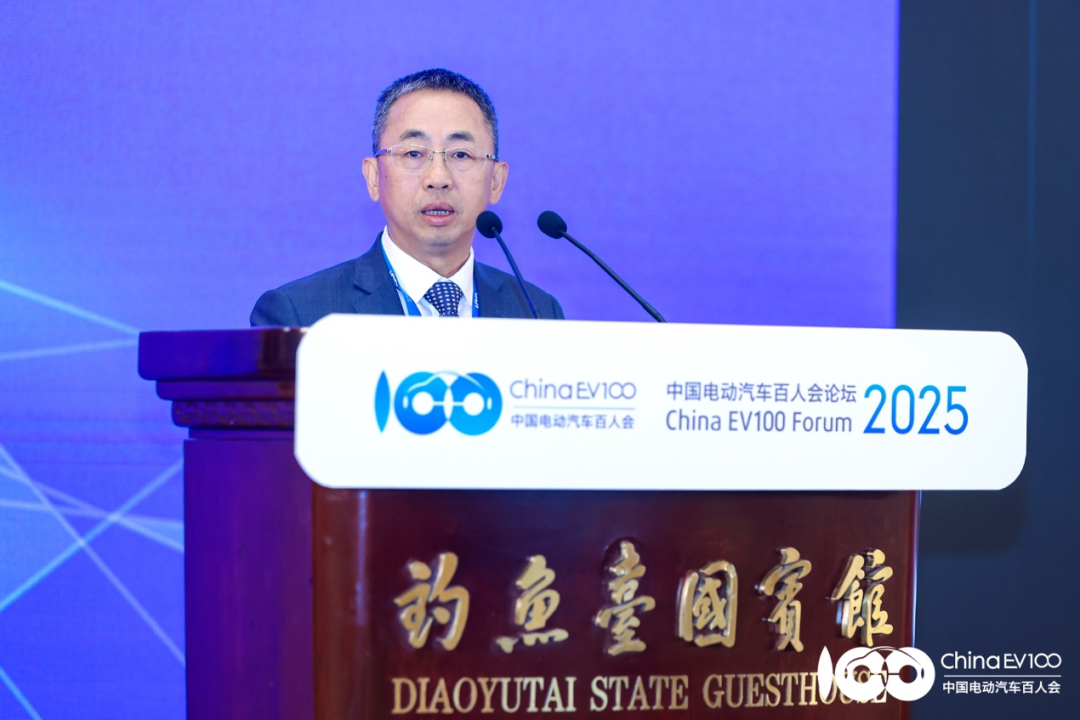
Huawei Digital Energy President Hou Jinlong pointed out that while passenger vehicles dominate discussions, heavy-duty trucks are pivotal in the electrification journey. Accounting for over 50% of logistics-related carbon emissions in transportation, their electrification is unavoidable. He emphasized that commercial vehicle electrification, led by heavy trucks, represents the "third wave" of automotive electrification. Building high-quality integrated energy and charging infrastructure is key to accelerating this transition.
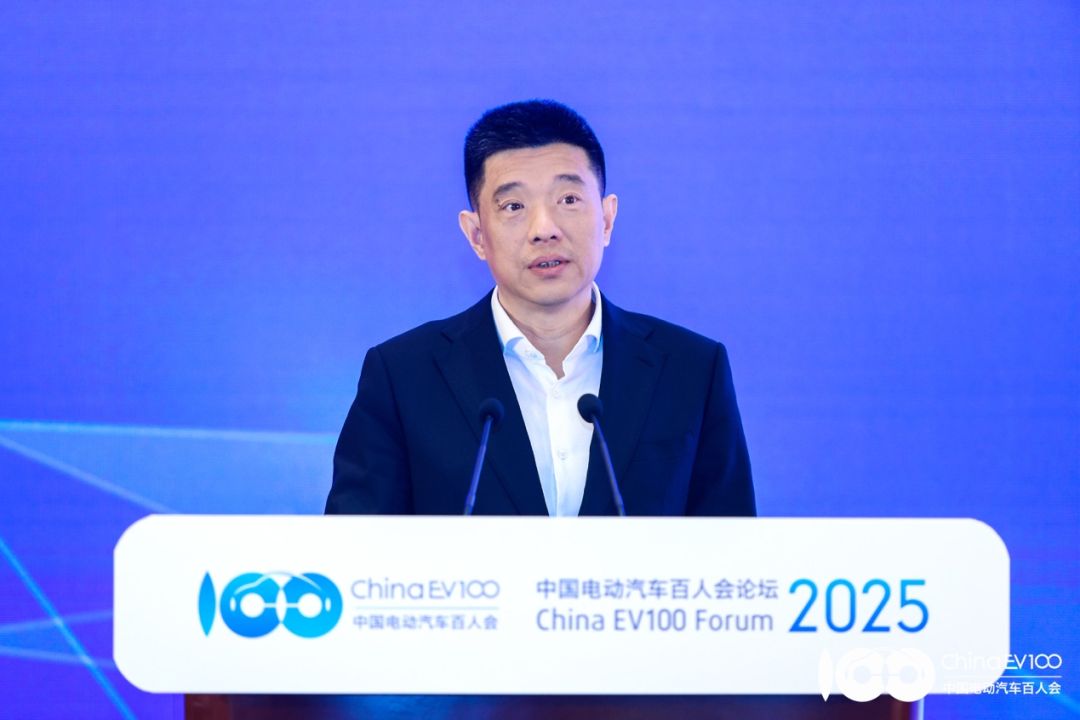
Alibaba Cloud VP Li Qiang observed that the rise of DeepSeek has triggered exponential growth in computing demand across industries, including automotive. Annual planning cycles have compressed to monthly timelines. He cited data showing Tesla’s computing power nearly matches the combined total of Chinese OEMs specializing in autonomous driving, granting Tesla surplus capacity for innovation and experimentation.
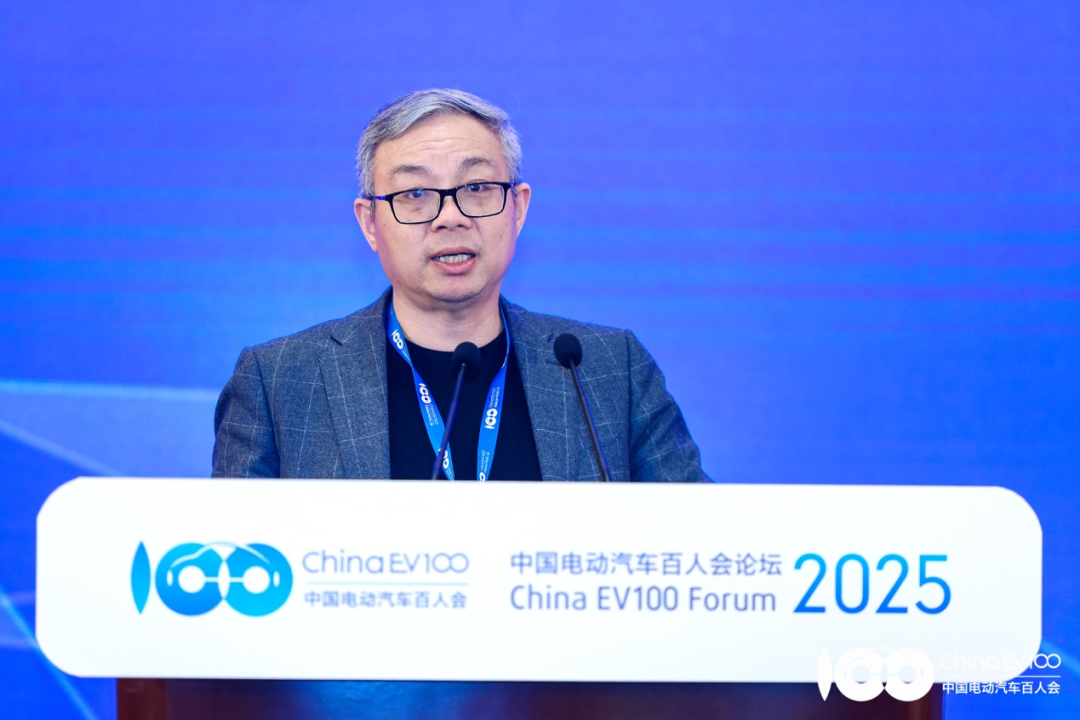
Black Sesame Technologies CEO Shan Jizhang stated that 2024 marks a breakthrough year for intelligence driving democratization. NOA (Navigate on Autopilot) functionality is now expanding to 100,000 USD-tier vehicles. Supported by BYD and Geely’s nationwide initiatives and third-party reports, intelligent driving is undergoing explosive growth, poised to become ubiquitous in smart vehicles.
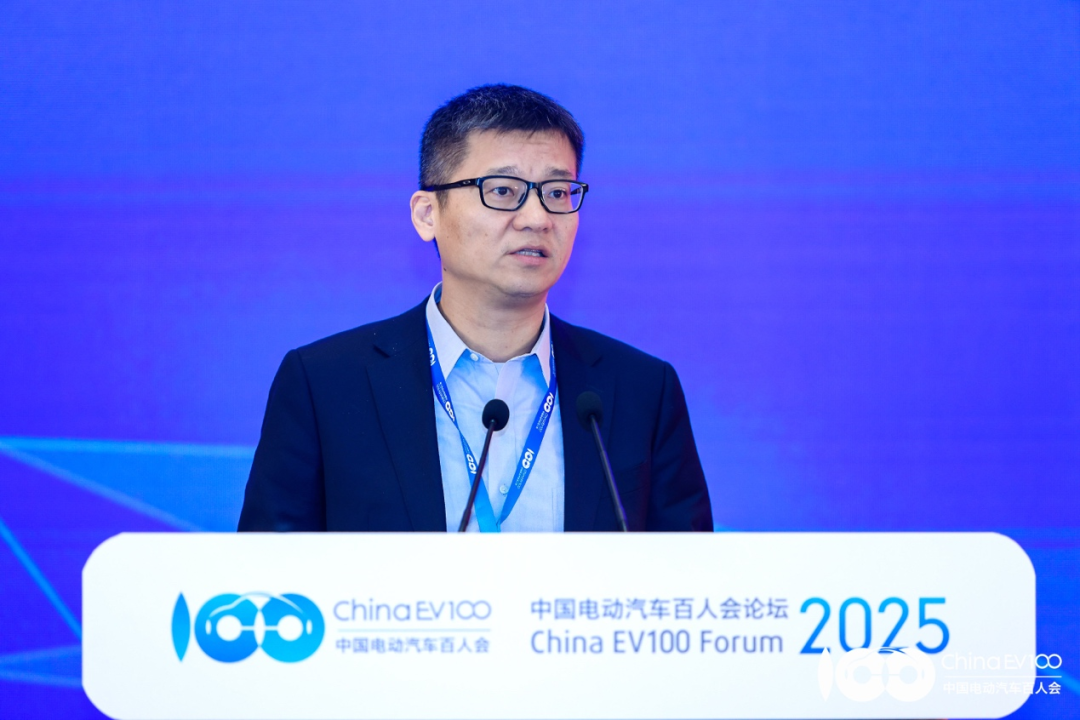
JD Vice President Miao Qin highlighted persistent pain points in NEV adoption: complex decision-making during purchasing, scarce high-quality maintenance services post-sale, and confusion among 54% of users regarding subsidy policies and application processes. He urged the industry to leverage digital technologies, supply chains, finance, and insurance to enhance user value and efficiency, ensuring full access to national policies.

*Amazon Cloud Senior VP Chu Ruisheng remarked that the world stands at a technological inflection point, with generative AI advancing rapidly toward machine intelligence’s "eve of explosion." He urged automakers to prepare for transformative impacts across industries.
The forum provided a collaborative platform and outlined a roadmap for the automotive industry’s future—emphasizing green and intelligent development.

